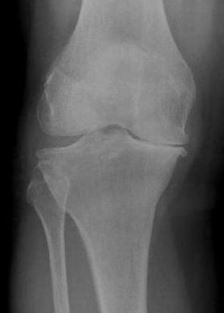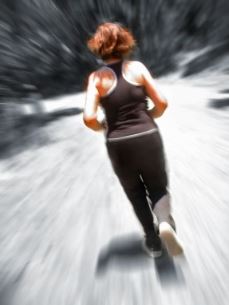Bone Density, Osteoporosis & Preventing Bone Loss – Q&A with Dr. James Ting
- Category: Orthopedic Health
- Posted On:
- Written By: Dr. James Ting

We recently interviewed Dr. James Ting about bone density, osteoporosis and how to prevent vulnerability and bone loss. Here are his answers to our questions:
What is bone density?
Bone density is a measure of bone mass, and refers to the amount of mineral matter per unit volume in bone. It is an indicator of osteoporosis and fracture risk.
How is bone density measured?
It is measured by a DXA (dual-energy x-ray absorptiometry) test, which compares a patient’s bone density with that of control subjects of a young age who are at their peak bone density (T-score) as well as with that of other patients matched for age and gender.
 What is osteoporosis?
What is osteoporosis?
Osteoporosis is defined by the WHO (World Health Organization) based on BMD (Bone Mineral Density) measurements. Specifically, osteoporosis is defined as a T-score that is less than or equal to -2.5, which equates to a BMD that is equal to or more than 2.5 standard deviations below the normal mean for young adult women.
Why is preventing bone loss so important?
Preventing bone loss is important in regards to preventing fractures. There is significant morbidity in regards to pain, disability, and diminished quality of life secondary to osteoporosis-related fractures. There is in some cases as well the chance of a significant associated mortality, particularly in regards to hip fractures.
Why is bone health so important in athletes?
Bone health is particularly important in regards to young female athletes. The years of peak bone mass typically occur by age 18 in females. Over-training in addition to inadequate nutrition or disordered eating can result in what can be referred to as an energy deficit. This energy deficit has a significant impact on various endocrine/hormonal pathways which may result in decreased bone density. Clinically this can manifest as stress fractures and/or ultimately, early osteoporosis. This has been commonly referred to as the “Female Athlete Triad.”
How can exercise prevent osteoporosis?
Exercise, specifically weight-bearing exercise, is critical to strengthening bones by helping to maintain and build bone mass and density. It also is helpful in improving flexibility, building and maintaining supporting muscles, and balance as well, which indirectly helps in preventing falls and therefore fractures.
What are the best exercises for building bone?
In adults, aerobic, low-impact exercises such as walking or jogging are best. Weight-bearing exercise performed in 45-60 minute sessions 3-5 times/week is also recommended. 
When exercising, why is it important to ensure you are using the proper technique?
Proper technique is important to prevent falls and injury, including related or unrelated musculotendinous injuries.
Aside from exercise, how else can you prevent bone loss?
It is especially important to maintain adequate calcium and vitamin D intake. Recommended intake may vary according to age and/or gender.
James Ting, MD, FAAFP is a board-certified Primary Care Sports Medicine physician who specializes in the  non-operative treatment of sports and orthopedic injuries and conditions. Dr. Ting has served on the medical staff for international events such as the Ironman World Championship in Kona, Hawaii, as well as other events such as the Los Angeles Triathlon, the Long Beach Marathon, and several NCAA Conference Championships.
non-operative treatment of sports and orthopedic injuries and conditions. Dr. Ting has served on the medical staff for international events such as the Ironman World Championship in Kona, Hawaii, as well as other events such as the Los Angeles Triathlon, the Long Beach Marathon, and several NCAA Conference Championships.


